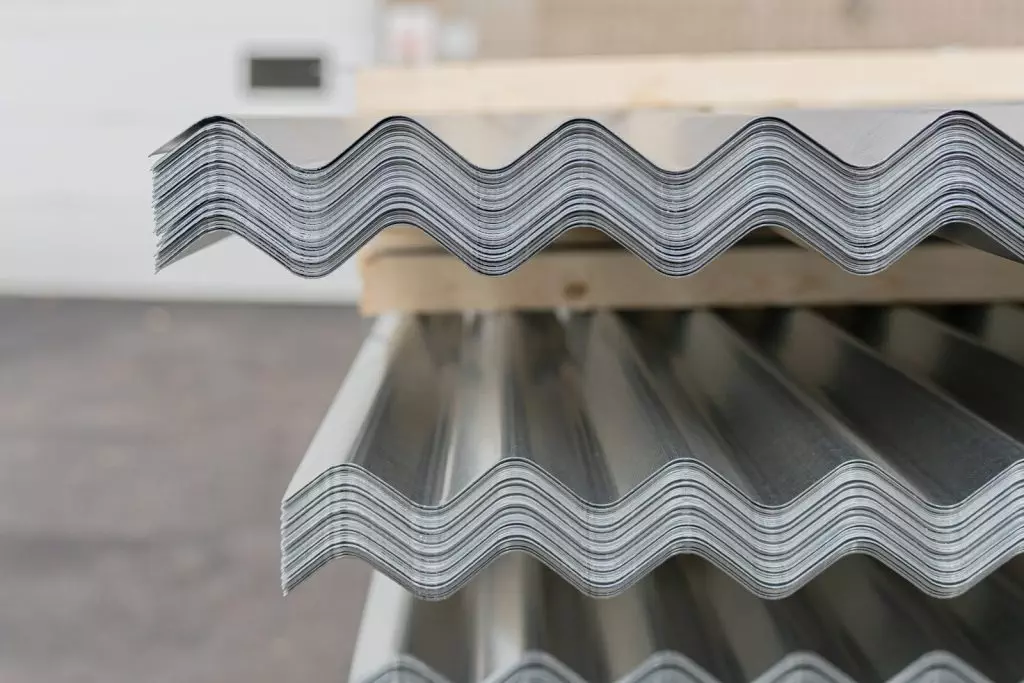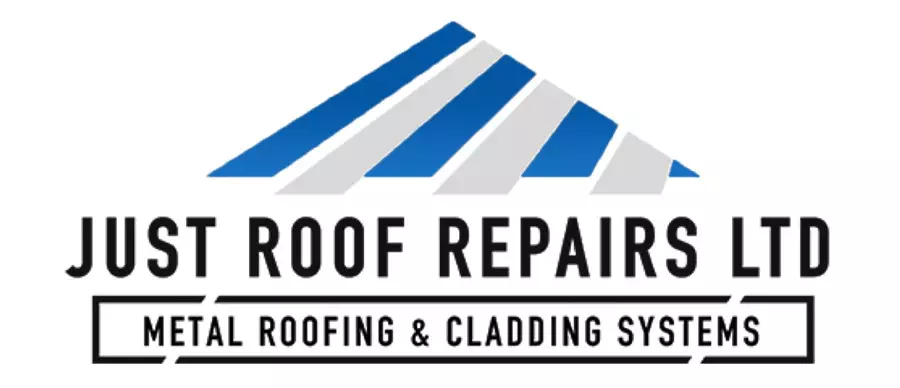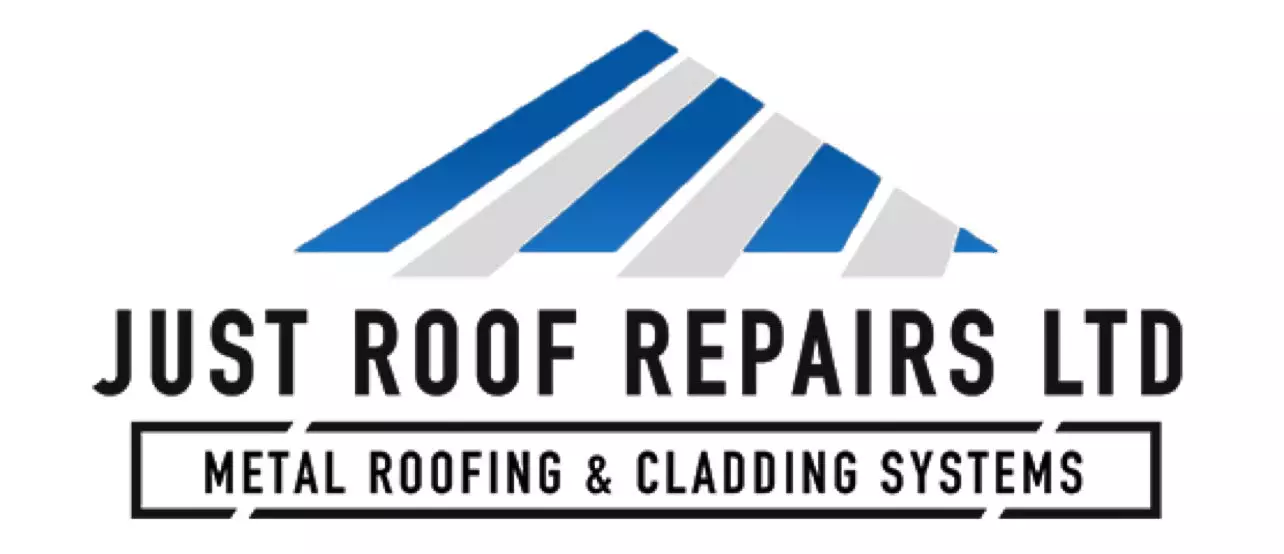When it comes to metal roofing systems, ventilation plays a critical role in maintaining their integrity and performance. Without proper airflow, heat and moisture can build up, leading to potential damage and decreased energy efficiency. Understanding the nuances of ventilation can greatly influence your roof’s longevity and overall effectiveness. But what specific strategies can you implement to guarantee ideal ventilation in your metal roofing? Let’s explore the key aspects that matter most.

Key Takeaways
- Ventilation regulates temperature and moisture, preventing damage from trapped heat and condensation in metal roofing systems.
- Proper airflow enhances energy efficiency, reducing reliance on air conditioning and lowering cooling costs.
- Effective ventilation minimises moisture accumulation, protecting roofing materials from corrosion and leaks.
- Balanced ventilation extends the lifespan of metal roofs by mitigating heat buildup and premature ageing.
- Regular maintenance and inspections ensure optimal airflow and identify potential issues early on.
Understanding Metal Roof Ventilation
Understanding the importance of ventilation in metal roofing systems is crucial, as it directly impacts energy efficiency and longevity. Effective ventilation techniques in your roof design help regulate temperature and moisture levels, preventing damage from trapped heat and condensation.
You’ll want to incorporate ridge vents, soffit vents, or gable vents to create a balanced airflow within the attic space. Properly designed ventilation not only improves the lifespan of your roofing materials but also mitigates the risk of ice dams in colder climates.
Additionally, maintaining adequate airflow can reduce the load on your HVAC system, conserving energy. Ultimately, integrating these ventilation techniques into your roof design guarantees peak performance and durability of your metal roofing system.
The Importance of Airflow in Energy Efficiency
Airflow in metal roofing systems is essential for maintaining ideal energy efficiency. It improves temperature regulation, controls moisture levels, and ultimately reduces energy costs.
Enhanced Temperature Regulation
While proper ventilation may seem like a minor detail, it plays an essential role in regulating temperature within metal roofing systems. Effective airflow enables peak heat dissipation, preventing excessive heat buildup that can compromise thermal comfort.
When your roofing system is well-ventilated, it facilitates a constant exchange of air, reducing the internal temperature during hot weather. This not only improves your comfort but also contributes to energy efficiency by lowering cooling costs.
Conversely, inadequate ventilation can lead to overheating, increasing reliance on air conditioning and driving up energy bills. By prioritising ventilation, you guarantee that your metal roofing system maintains a balanced temperature, thereby maximising both performance and longevity.
Moisture Control Benefits
Effective ventilation not only regulates temperature but also plays a vital role in moisture control within metal roofing systems.
By implementing proper ventilation strategies, you greatly reduce the risk of moisture accumulation, which can lead to structural damage and mould growth. Adequate airflow allows moist air to escape while drawing in drier air, maintaining a balanced environment.
This balance is essential, especially in climates with high humidity or rapid temperature changes. Without effective ventilation, trapped moisture can condense, leading to deterioration of roofing materials and potential leaks.
Consequently, focusing on moisture control through strategic ventilation not only protects your investment but also improves the longevity of your roofing system, ensuring it performs at its best for years to come.
Reduced Energy Costs
Proper ventilation in metal roofing systems greatly contributes to reduced energy costs by improving airflow throughout the structure. When you guarantee effective airflow, you allow hot air to escape during warmer months and prevent heat buildup, which directly impacts your energy efficiency.
This means your HVAC system doesn’t have to work as hard, leading to significant cost savings on your energy bills. Additionally, a well-ventilated roof helps maintain a consistent indoor temperature, reducing the need for excessive heating and cooling.
Preventing Moisture Buildup and Damage
To prevent moisture buildup and damage in metal roofing systems, you must guarantee proper airflow.
High humidity levels can lead to condensation, which compromises structural integrity.
Importance of Airflow
While you may not immediately consider airflow when choosing a metal roofing system, it plays an essential role in preventing moisture buildup and potential damage.
Effective ventilation techniques improve natural airflow, allowing moisture to escape and reducing the risk of condensation. Without proper airflow, trapped humidity can corrode roofing materials and compromise structural integrity.
Implementing systems like ridge vents, soffit vents, or gable vents facilitates this natural airflow, ensuring a balanced exchange of air. This not only protects the roofing system but also contributes to energy efficiency.
Effects of Humidity
Humidity can greatly impact the performance and durability of metal roofing systems if not effectively managed. High humidity levels can lead to moisture buildup, which poses significant risks such as corrosion, rust formation, and structural integrity compromise.
It’s vital to implement effective moisture management strategies to mitigate these humidity effects. Proper ventilation allows for the continuous exchange of air, reducing the likelihood of condensation forming beneath the roofing material. By guaranteeing adequate airflow, you can minimise trapped moisture, thereby extending the lifespan of your roofing system.
Regular inspections and maintenance are also essential to identify potential moisture issues early, allowing for timely interventions that prevent costly damage and guarantee peak performance of your metal roofing system.
Preventing Structural Issues
Effective prevention of structural issues in metal roofing systems hinges on proactively managing moisture buildup and damage. When you prioritise a robust ventilation design, you bolster the structural integrity of your roof.
Proper ventilation allows for air circulation, which minimises condensation and prevents moisture accumulation within the roofing system. Without adequate airflow, trapped moisture can lead to corrosion, mould growth, and eventual structural failure.
You should regularly inspect and maintain your ventilation components to guarantee they function efficiently. Additionally, consider integrating insulation strategies that complement your ventilation design, as this can further protect against temperature fluctuations and moisture intrusion.
Enhancing Roof Longevity Through Proper Ventilation
Proper ventilation is essential for maximising the lifespan of metal roofing systems, as it helps regulate temperature and moisture levels within the attic space.
Effective air circulation mitigates heat buildup, preventing premature ageing of roofing materials. By employing advanced insulation techniques, you can improve this effect, ensuring that your attic remains cool in summer and dry in winter.
Without proper ventilation, trapped moisture can lead to rust and structural deterioration, ultimately compromising the integrity of your roof.
Regularly inspecting and maintaining ventilation systems, such as ridge vents and soffit vents, will promote ideal airflow.
Prioritising these measures not only extends the durability of your metal roof but also safeguards your investment against costly repairs in the long run.
Impact on Indoor Comfort and Temperature Regulation
Maintaining adequate ventilation in metal roofing systems not only extends the roof’s lifespan but also greatly improves indoor comfort and temperature regulation.
By facilitating proper air circulation, you can effectively reduce heat buildup in the attic, which directly contributes to achieving ideal thermal comfort within your living spaces.
When hot air is allowed to escape and cooler air is drawn in, it creates a balanced environment that minimises temperature fluctuations.
This regulation is vital during extreme weather conditions, ensuring that your HVAC system doesn’t overwork. Consequently, you’ll experience reduced energy costs while enhancing overall indoor air quality.
Types of Ventilation Systems for Metal Roofs
There are several types of ventilation systems designed specifically for metal roofs, each customised to meet different needs and preferences.
Ridge vents provide continuous exhaust at the peak of the roof, while soffit vents serve as intake vents, promoting passive ventilation.
Gable vents facilitate airflow on sloped roofs, enhancing ventilation efficiency.
For more dynamic solutions, turbine ventilators harness wind power, and power ventilators utilise electric fans for active ventilation.
Hybrid systems combine both passive and active methods, optimising airflow and temperature regulation.
By strategically placing intake and exhaust vents, you can effectively manage heat and moisture buildup, ensuring the longevity and performance of your metal roofing system.
Consider your specific environment to select the most suitable ventilation option.
Tips for Ensuring Effective Ventilation in Your Metal Roof
Effective ventilation in your metal roof is vital for preventing moisture accumulation and extending the roof’s lifespan.
To guarantee effective ventilation, start by evaluating the existing ventilation techniques in your roofing system. Implement balanced intake and exhaust vents to promote ideal airflow. Regular roof maintenance is important; inspect vents and remove any obstructions like debris or snow that could hinder airflow.
Consider using ridge vents for improved exhaust and soffit vents for intake, verifying that they’re properly sized for your roof. Additionally, monitor attic temperatures and humidity levels to identify potential issues early.
Frequently Asked Questions
How Does Roof Ventilation Affect My Home Insurance Premiums?
Roof ventilation can considerably affect your home insurance premiums.
Many insurers offer discounts for homes with proper ventilation, as it helps prevent moisture buildup and structural damage.
By reducing risks associated with heat and humidity, you improve your home’s durability, making it less likely to file claims.
These ventilation benefits not only protect your investment but can also lead to lower premiums, ultimately saving you money in the long run.
Can Poor Ventilation Lead to Roof Warranty Issues?
Yes, poor ventilation can definitely lead to roof warranty issues.
If you experience ventilation failure, it can cause moisture buildup and heat-related damage, potentially voiding your warranty.
Manufacturers often require proper ventilation as part of their warranty terms.
If you submit warranty claims for damage caused by inadequate ventilation, you might find your claims denied.
Ensuring adequate airflow is essential to maintaining both the integrity of your roof and your warranty coverage.
What Materials Are Best for Roof Ventilation Systems?
When selecting materials for roof ventilation systems, you should consider various ventilation types like ridge vents, soffit vents, and turbine vents.
These options improve airflow, preventing moisture buildup.
Additionally, pairing your ventilation system with appropriate insulation materials, like fibreglass or spray foam, guarantees ideal thermal performance.
How Often Should I Inspect My Metal Roof Ventilation?
You should inspect your metal roof ventilation at least twice a year, ideally in spring and autumn.
During these inspections, use a ventilation checklist to evaluate the system’s performance, checking for blockages, damage, or wear.
Additionally, after severe weather events, conduct a thorough inspection to verify everything’s intact.
Regular inspection frequency helps maintain peak airflow, prolonging your roof’s lifespan and preventing potential issues from developing.
Are There Any DIY Ventilation Solutions for Metal Roofs?
Yes, there are several DIY ventilation solutions for metal roofs.
You can install ridge caps to allow hot air to escape while using soffit vents for fresh air intake.
Additionally, consider incorporating intake fans to improve airflow.
Make certain these components are properly positioned to create an effective ventilation system.
Conclusion
In summary, prioritising ventilation in your metal roofing system is essential for maintaining efficiency and longevity. By facilitating proper airflow, you minimise heat buildup and moisture accumulation, safeguarding your investment against potential damage. Implementing effective ventilation techniques guarantees ideal indoor comfort while reducing energy costs. Whether through ridge and soffit vents or other solutions, taking proactive steps now can greatly extend the lifespan of your roof and improve your overall living environment. Don’t overlook the importance of ventilation.


